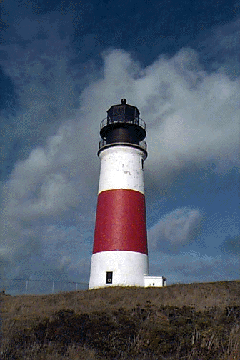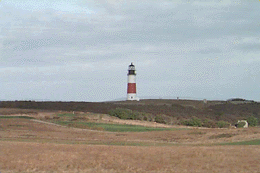|
|
Mariners of the 17th, 18th and 19th Centuries knew that the shoal waters
to the east and south of Sankaty Head presented a real danger because of
the shifting currents, the movement of the sand bars, and the imprecise
charts of the area. Ships, cargoes and lives were lost here. The need
for a safe passage through this treacherous region was apparent to
seamen and landlubbers alike.
|

